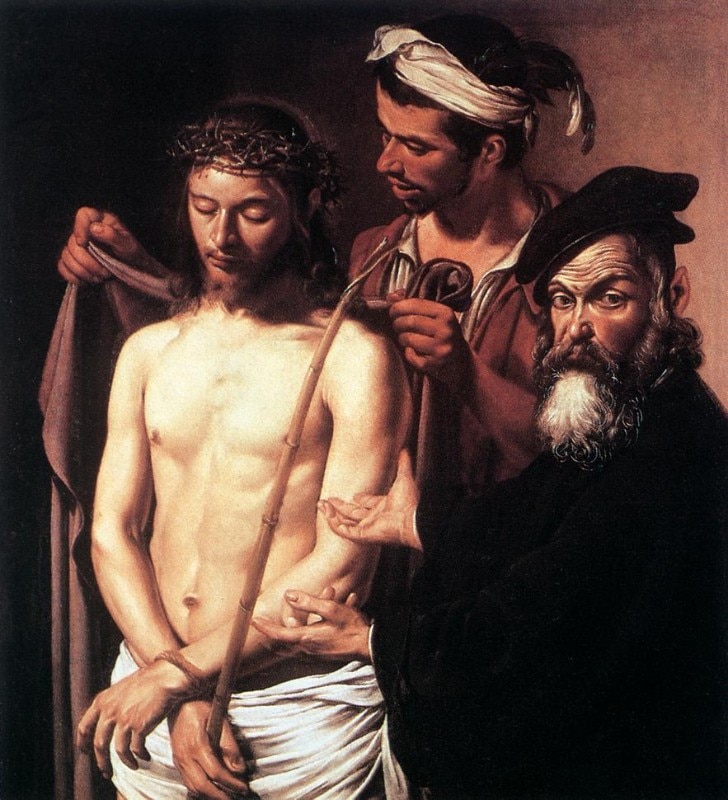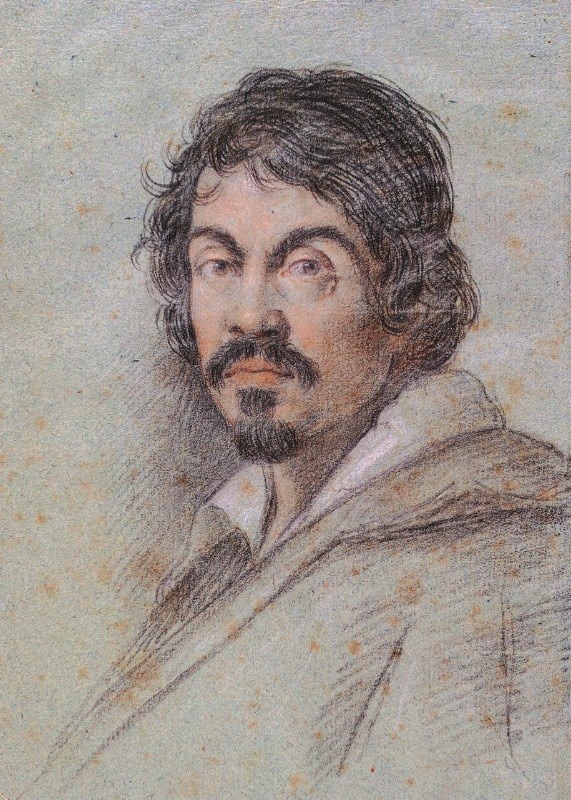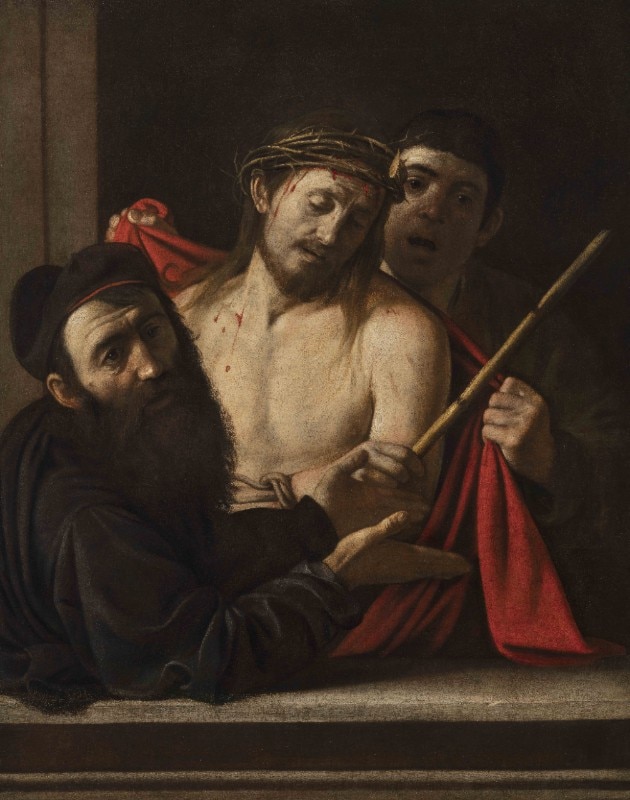A priceless masterpiece emerges from centuries of oblivion. A painting attributed to the Lombard master Michelangelo Merisi, known as Caravaggio, was recently authenticated as the Ecce Homo, a work thought to have been lost for a long time. The masterpiece, dating back to the period between 1605 and 1609, will be on display at the Prado Museum in Madrid starting from May 28, 2024.
The sensational discovery occurred almost by chance in 2021 during a routine antique art auction in Madrid. Initially cataloged as the work of a follower of José de Ribera, the painting immediately captured the attention of the public and several experts. A meticulous analysis to determine its authenticity involved Maria Cristina Terzaghi from Roma Tre University and a member of the scientific committee of the Capodimonte Museum in Naples, Gianni Papi, an art historian, Giuseppe Porzio from the University of Naples, and Keith Christiansen, curator of the Metropolitan Museum of Art. They were joined by Claudio Falcucci, a nuclear engineer specializing in the application of sophisticated scientific techniques to the study and preservation of cultural heritage. Thanks to his expertise, he conducted an in-depth diagnostic investigation of the work. Finally, the restoration of the artwork was entrusted to the specialist Andrea Cipriani and his team.
The rediscovered Ecce Homo represents one of the most sensational discoveries in the art world in recent decades.
Images provided by the documentary “The Sleeper”, directed by Alvaro Longoria and produced by Morena Films, Estrategia Audiovisual, Mediacrest, and Fandango
The painting depicts Jesus Christ presented to the crowd before his crucifixion, with an unparalleled intensity of expression and a realism typical of Caravaggio’s style. Light and shadow contrast, creating a dramatic and touching atmosphere, while the figure of Christ emerges powerfully from the canvas, capturing the viewer’s attention.
The rediscovered Ecce Homo represents one of the most sensational discoveries in the art world in recent decades. Its value is estimated to be around 30 million euros, making it one of the most valuable ancient artworks in the world.
The painting’s history is still shrouded in mystery. It is assumed that the Ecce Homo was part of the private collection of Philip IV of Spain and was stolen during the Peninsular War in the early 19th century. Since then, the artwork has been lost in the mists of time, reappearing only two centuries later in a modest auction in Madrid.

The exhibition at the Prado Museum represents a unique opportunity to admire this rediscovered masterpiece. The artwork will be on display until October 29, 2024, and is expected to attract thousands of visitors from around the world.
Adolfo Venturi, an Italian art historian and academic, writes: “...he erases the draughtsman-like value given to form by the Florentines, shuns decorative factions, simplifies the vision of objects through a sharp, nocturnal cut between light and shadow; deepens and simplifies the composition. From his youthful works, composed in harmony of clear colors, under blonde and veiled lights of transparent shadows, to his later ones, dark and nocturnal, brightened by raw and constrained lights, Caravaggio’s art increasingly asserts its fundamental luminous-plastic principles, making him the precursor of the greatest minds of the European seventeenth century: from Franz Hals and Rembrandt to the primitive Velázquez.”

A revolutionary, ultramodern artist, seductive and charismatic in his style, Caravaggio marked and transformed the seventeenth century of European painting.
Opening image: Ecce Homo (after the restoration) Michelangelo Merisi (known as Caravaggio) Oil on canvas, 111 x 86 cm 1605-09 Image courtesy of the private collection
- Exhibition:
- Ecce Homo
- Location:
- Museo Nacional del Prado, Madrid, Spain
- Dates:
- from May 28 to October 29, 2024


